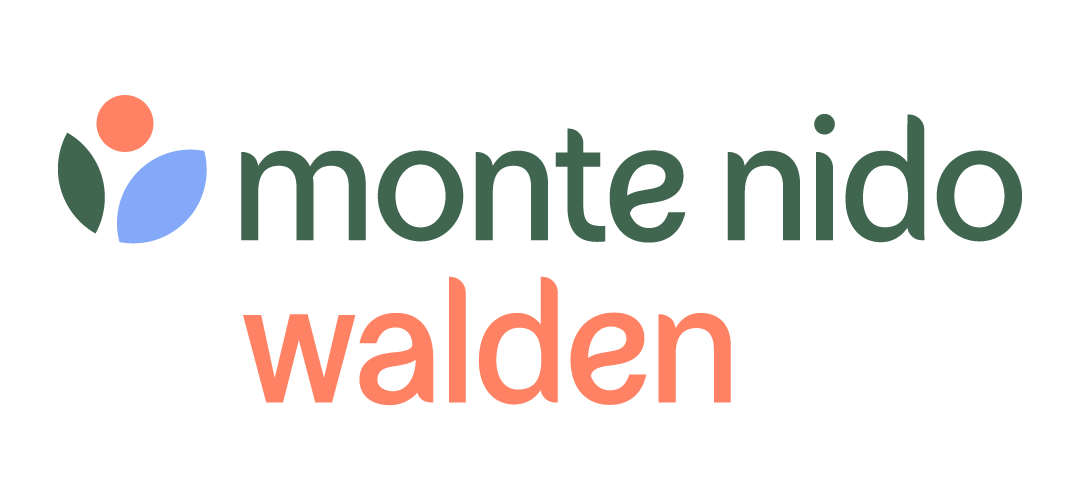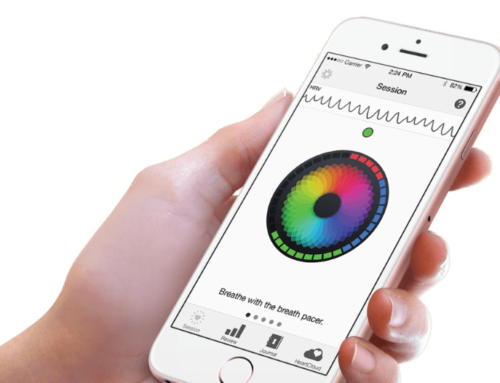 Did you know that women with diabetes have an increased risk of developing an eating disorder? Or that adolescence and young adulthood are particularly vulnerable times for the intentional omission of insulin as a way to manipulate shape and/or weight?
Did you know that women with diabetes have an increased risk of developing an eating disorder? Or that adolescence and young adulthood are particularly vulnerable times for the intentional omission of insulin as a way to manipulate shape and/or weight?
While the intentional omission of insulin is sometimes referred to as “diabulimia,” this isn’t an official diagnosis in the DSM-5 nor is it the recommended term to describe the behavior. The acronym ED-DMT1 is often used for purposes of diagnosing and billing and the DSM-5 phrase “misuse of other medications” as a compensatory mechanism in its bulimia nervosa criteria would include insulin.
The thoughtful, skillful management of these co-occurring conditions can truly be transformative. The stakes are high. The risk of complications and even death are real.
When working with clients or patients who have both type 1 diabetes and eating disorder behaviors, there are a couple of clinical strategies to keep in mind:
1) There is a minimum threshold for safety. Clients need to be able to agree to and take a minimum amount of insulin (for example, an appropriate basal insulin dose). Struggling to do this (as evidenced by consistently, dangerously elevated blood glucose levels or frequent episodes of diabetic ketoacidosis, or DKA) can point to the need for a higher level of care. As with all eating disorders, hospitalization or an inpatient admission can be a life-saving intervention.
2) Medical emergencies can emerge and responding to them appropriately and efficiently is of utmost importance. Both hyperglycemia (high blood glucose) and hypoglycemia (low blood glucose) can be life threatening, and prompt intervention is essential.
- Hypoglycemia
- Respond to low blood glucose (below 70 mg/dL) quickly – do not wait for the next snack time or eating opportunity. This can be a medical emergency and needs to be treated outside of the meal plan.
- Use simple carbohydrates (at least 15 grams) to bring blood glucose into normal range.
- Avoid using carbohydrate-containing foods that also have significant amounts of fat or protein.
- Glucose tabs or gels can be helpful, especially if treating low blood glucose with food choices increases a client’s vulnerability to binge behaviors.
- Relative hypoglycemia – the experience of symptoms of hypoglycemia even when blood glucose isn’t low – can occur following periods of hyperglycemia. These should be treated with 15 g of carbohydrate, too.
- Hyperglycemia:
- Insulin is needed to bring blood glucose levels down.
- Glucose toxicity can reduce insulin sensitivity, meaning more insulin is needed to correct higher blood glucose levels.
- Correcting dehydration is usually also a component of treating hyperglycemic excursions (and can help patients feel better).
- Medical hospitalization may be warranted if signs of DKA are present.
- For both hypoglycemia and hyperglycemia, check blood glucose levels again after 15 minutes and continue to monitor the client’s response to the intervention to be sure it was appropriate and adequate.
3) It is essential that the eating disorder treatment team and diabetes team are in close communication. Not only will clients feel well supported when their team is working together, but treatment recommendations and transitions can be made more seamlessly. This can improve outcomes and reduce anxieties for the client. Trust and therapeutic fit matter, so communicate with the diabetes team to make sure recommendations aren’t conflicting and the client isn’t the one left to synthesize the disparate advice.
4) Interrupting the eating disorder behaviors can be uncomfortable. For those with insulin omission as a purging mechanism, reducing or eliminating this behavior can lead to insulin edema, fluid retention that occurs as a result of dehydration due to consistently elevated glucose levels and the now-improving glucose levels. This is physically uncomfortable for clients and can lead to increases in weight (sometimes increases of several pounds or more). Treatment teams shouldn’t react to these shifts as increases in actual body weight. If possible, clients should be educated ahead of time that some edema or bloating is anticipated in order to manage expectations and help tolerate the discomfort that can occur. Fear of weight gain and feeling that this change is an increase in fat can increase eating disorder behaviors or impact motivation to continue treatment. Education and preparation can help here.
5) Improving blood glucose levels too quickly can also be problematic, as this can result in treatment-induced complications. Slow, steady improvements in blood glucose management is recommended.
6) It is appropriate to include carbohydrates into the eating pattern or meal plan and help clients learn to dose their insulin in response to these foods. Carbohydrates (gluten! added sugar! fruit! juice! challenge foods!) often come laden with messages from friends, family members and diet culture. Clarify with both the team and client how these foods will be included and how to approach these changes. The recommendations for eating disorder treatment may not align with the education clients have received in the past regarding the management of their diabetes or a diabetes meal plan. Anticipate that this will be confusing or frustrating at times and be proactive in providing education and communicating with the team.
7) With type 1 diabetes, insulin doses need to be adjusted based on blood glucose levels and the amount of carbohydrate eaten at a meal or snack. While reading food labels is often discouraged or avoided in eating disorder treatment, this isn’t always feasible for diabetes management. Estimates, exchanges, and consistent meals / consistent doses can all be helpful, but often more precision is needed or wanted. Have open, honest conversations with clients about how to use the nutrition information for appropriate insulin doses. Process what feels difficult or challenging (knowing clients are likely looking at calories, fat or other information on the label as well). Notice when assessing carbohydrate content feels rigid or supports the eating disorder thoughts. Avoid criticism or judgment in your conversations and reduce the black-and-white thinking of labeling foods as “good” or “bad.” Instead, approach the body’s response to foods and their carbohydrate content with curiosity and empower clients to respond appropriately.
If you’re interested in further reading, Ann Goebel-Fabbri has published a book called Prevention and Recovery from Eating Disorders in Type 1 Diabetes: Injecting Hope. Also, On The Cutting Edge, a publication of the Academy of Nutrition and Dietetics’ diabetes practice group released a special issue on eating disorders and diabetes written as a guide and resource for registered dietitians. As always, we are here to help you support your client.
References
1) Jones JM, Lawson ML, Daneman D, Olmsted MP, Rodin G. Eating disorders in adolescent females with and without type 1 diabetes: cross sectional study. BMJ. 2000; 320: 1563-1566.
2) Pinhas-Hamiel O, Hamiel U, Greenfield Y, et al. Detecting Intentional Insulin Omission for Weight Loss in Girls with type 1 Diabetes Mellitus. International Journal of Eating Disorders. 2013; 46:8 819-825.
3) Colton, P. Eating Disorders and Diabetes: Introduction and Overview. Diabetes Spectrum. 2009; 22:3 138-142
4) Goebel-Fabbri A, Uplinger N, Gerken S, Mangham D, Criego A, Parkins C. Outpatient Management of Eating Disorders in Type 1 Diabetes. Diabetes Spectrum. 2009; vol. 22 no. 3 147-152
5) Goebel-Fabbri, A. Prevention and Recovery from Eating Disorders in Type 1 Diabetes: Injecting Hope. New York, NY: Routledge; 2017.
####
Meg Salvia, MS, RDN, CDE is the dietitian at Walden Behavioral Care’s Peabody clinic. She sees adolescents and adults in the partial hospitalization program as well as in the binge-eating intensive outpatient program. She is also a board-certified diabetes educator (CDE). She began her career working in research at Joslin Diabetes Center and joined Walden Behavioral Care’s team in 2013. Meg earned a Master’s degree in nutrition from Boston University and a BA in English from Boston College.







